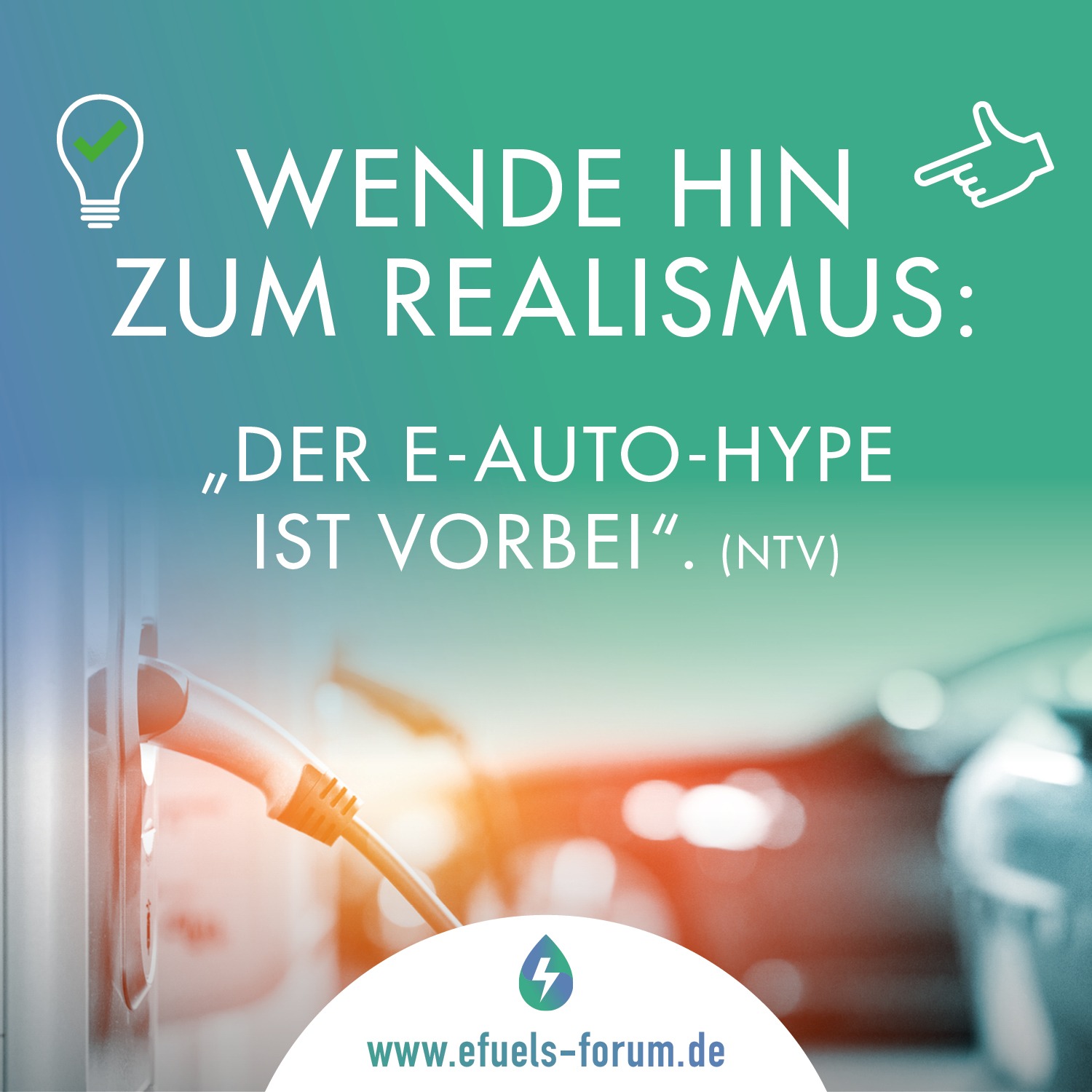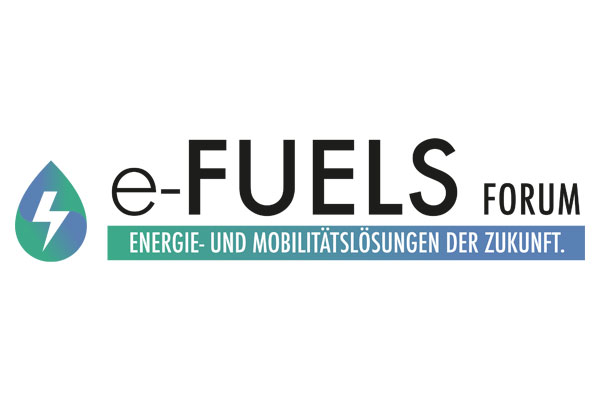We talk to Dr. Mark Warnecke, triple world champion in 50 and 100 meter breaststroke, doctor, entrepreneur and car enthusiast. He owns both cars with internal combustion engines and electric motors and reports on them in an open-minded and authentic way, including on Facebook.
There is much – and sometimes heated – discussion in Germany about the comparisons between cars with internal combustion engines and those with electric motors. It is therefore all the more interesting to hear the opinion of someone who owns vehicles with both types of drive and also uses them in his real everyday life. How does such a driver judge the actual practicability and economy of the combustion engine compared to the e-car? What can he recommend, where does he criticize?
Dr. Mark Warnecke travels a lot for work and loves good cars – regardless of whether they are big or small, fast or comfortable, gasoline-powered or electric. His passion for technology therefore encompasses German sports cars as well as French runabouts and electric cars. He has been using diesel and gasoline vehicles in his professional and private everyday life for years, as well as his BMW i3 with electric drive.
He already made a splash on Facebook in early 2020 when he compared the realistic running costs of his small but mighty electric BMW with those of his other everyday car, a Mercedes Diesel and even a Porsche Turbo. His surprising finding: the small Stromer can quickly cost more than the other two vehicles in winter. Depending on the price of electricity – which was recently increased by a charging station operator – the doctor and entrepreneur arrived at a price of between 21.80 and 36.30 euros per 100 kilometers. This makes the small electric car pretty much as expensive as a Porsche Turbo, which Warnecke puts at 21.60 euros, given the price of gasoline at the time of 1.35 euros per liter and a whopping consumption of 16 liters per 100 kilometers. At just 12.50 per 100 kilometers, its Mercedes Diesel provides an even bigger surprise. Figures from real everyday life that are presented so clearly almost nowhere else.
“E-cars are more expensive than you think”.
Mark Warnecke puts it in a nutshell: “Charging e-cars is simply much more expensive than most people think, perhaps this is also a consequence of the German energy transition. If I pay 70 cents for charging, a small BMW i3 calculated on 100 kilometers in winter is suddenly more expensive than a large Ford pickup with a gasoline engine.”
He also complains that the prices at the charging stations, most of which the entrepreneur has now visited between Cologne, Düsseldorf and the Ruhr region, are rather non-transparent. This means that the actual Consumption costs of e-cars, especially in winter when drivers can’t do without heating and air conditioning, which drive up consumption significantly, something like the elephant standing in the middle of the room but which everyone pretends not to see. In the end, however, it is always the economic viability that decides whether a new technology is accepted by the population or not, regardless of whether it involves electric motors or e-fuels.
“When you’ve been using both internal combustion and electric cars more or less every day for years, at some point you realize that something’s not right and start to calculate the actual costs. And then you start to wonder. We can’t demand more climate-friendly mobility in Germany and at the same time have such electricity prices and not promote e-fuels enough.”
“I’m an electro fan”
Warnecke is a real fan of his small electric car, although at a purchase price of almost 55,000 euros, it is not exactly inexpensive. “I’ve owned a BMW i3 for years and use it frequently in everyday life. In fact, I prefer to drive the five kilometers to the office in the i3, so an electric car actually makes sense for me personally. A vehicle with an internal combustion engine doesn’t even really warm up on the way. However, I deliberately bought the i3 with a range extender, i.e. an extra gasoline engine. This little combustion engine has also bailed me out a few times.”
Warnecke loves his little e-car and also finds advantages that may not be immediately obvious. “I have to fly frequently for work, so I always take the i3 to Düsseldorf Airport. Because it’s made of plastic, not much can happen, even if the neighbor bangs his door against it. The size also makes perfect sense for an electric car. For me, my i3 embodies the electric car concept as it should be: compact dimensions for short trips.” But the clever construction and chic design of his e-car don’t fool the doctor and entrepreneur about the concept’s weak points. More than once Mark Warnecke would have broken down, although in principle he had done everything right, especially in colder temperatures.
Saved by the range extender
“I remember one case last winter, I was running late and had to drive a little faster to the airport after a traffic jam, and of course used a little more electricity as a result. When I landed back in Düsseldorf in the evening, it was minus five degrees, so I thought to myself that the range was going to be really tight. Unfortunately, there was a black ice accident on the highway, so I had to take a detour. In the end, I got home once again only because of the additional gasoline engine. Good thing I ordered that one at the time. So you can see: the distance should have been easy, the planning was right, but unforeseen things happen and my e-car doesn’t work anymore and doesn’t manage 140 kilometers in the end.”
The annoying thing, of course, is that an electric car that has broken down on the highway can usually only be moved from the spot by towing it away. Or, as Warnecke sums it up, “With gasoline, you just take your spare can and get a few gallons of gas.”
“There are sensible applications for e-cars.”
His opinion: “My BMW i3 is a really great car. On the highway, fuel consumption rises rapidly, of course, but if I want to drive quickly, I don’t use the car at all. I still think the car is very, very good, but it has a very limited working range, and you have to be aware of that. And I think that’s true of e-mobility in general.”
Warnecke continues: “In the city, for example for craftsmen, electric is really good. With high mileage, e-cars will also eventually reach a positive CO2 balance. But at the same time, you also have to ask about economic efficiency and environmental compatibility. The first e-cars are now 10 years old and are now virtually unsaleable because new batteries would be far too expensive. In this way, cars that are actually still very young are virtually thrown away, although it naturally makes sense for climate protection to drive one’s cars for as long as possible. We in Germany are now pushing ahead and saying that e-mobility is the way to go.
At the same time, many people don’t even consider that there are countless commuters in rural areas who have to travel very far and that there are very, very many jobs in the field. Until recently, I myself drove around 100,000 kilometers a year, so e-mobility is out of the question because it simply doesn’t work there. Incidentally, I wouldn’t even know how to cover that with e-mobility and its long charging times; the year simply doesn’t have that much time. My wife, on the other hand, is a teacher and mainly drives a short distance to school by car, so our e-car works very well then, even if the costs are significantly higher than those of my diesel in winter at 20 to 22 Kw/h.”
“E-fuels are a path to modern mobility”
What does the busy car enthusiast think about e-fuels? “I find e-fuels a very exciting topic. Even if efficiency is not very high at the moment, I believe there is potential for improvement. Using regenerative energies to drive in a CO2-neutral manner is one of the paths to modern mobility. You have to consider that we’re not going to get airplanes, ships, or trucks converted to battery power anytime soon, so for that reason alone, researching e-fuels makes absolute sense. But also for private transport, because we cannot simply demand that the world now throw away millions of cars, which would also be a disaster in environmental terms.
In truth, the cars we discard are not really gone, they just continue to drive in Africa, for example. But the world is connected; climate change is a global task. Electric cars in Germany are unlikely to change global CO2 emissions. Here, e-fuels are exactly the right way to go. This is the only way to get the old cars CO-neutral. Apart from climate protection, our old cars also represent a cultural value. Germany has achieved prosperity with the help of its first-class automotive industry, and we are happy to remember that. And social aspects also play a major role here; with what right, for example, do we want to deprive a single OR nurse of her mobility and force her to wait for a bus after night duty?
The use of renewable energies is an essential success factor for the expansion of climate-friendly and CO2-neutral mobility. But is it enough to rely only on wind, solar and hydropower?
“Our mobility needs several pillars”
Warnecke is convinced that our future mobility must rest on several pillars. Focusing everything on e-mobility, he believes, is a poor approach. “It is absolutely unworldly if we always only ask the people in Berlin-Friedrichshain whether they need cars. The answer there is, of course, no. But if we talk to people in Sauerland or rural Bavaria, we get completely different results. I really think e-cars are totally super for inner-city areas and even a bit further out, but otherwise they’re just not practical.”
And what is Warnecke’s conclusion? “I’m sticking with electric mobility for all the criticism, but only for local trips. In the city, e-cars actually offer many advantages, from local zero emissions to existing charging infrastructure. I also simply don’t see the point of supplying fuel to a six-cylinder boxer engine behind me at walking speed, or even a V8. But as soon as you leave the city limits or want to drive a longer distance, e-mobility only makes sense in exceptional cases. You have to plan very neatly, even then you are not safe from unpleasant surprises, and above all you need a lot of time. But that’s exactly what most people don’t have on such tours, especially those who travel for work.”
He also has a specific request for e-car manufacturers:
“Why build electric motors into cars that produce 700 or more horsepower? That’s total nonsense and pure prestige thinking. Performance is energy consumption, and for a car that will most likely only be used in cities and a little beyond, 200 hp is easily enough. If that helps to finally lower prices, that would be a sensible thing to do.”
Image references:
© Porsche AG
© BMW AG
The post E-fuels or e-mobility – we need both! appeared first on eFUEL-TODAY.






